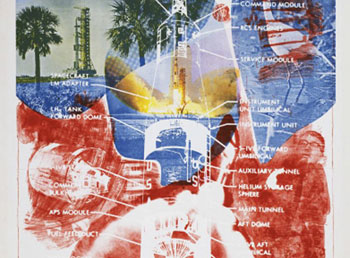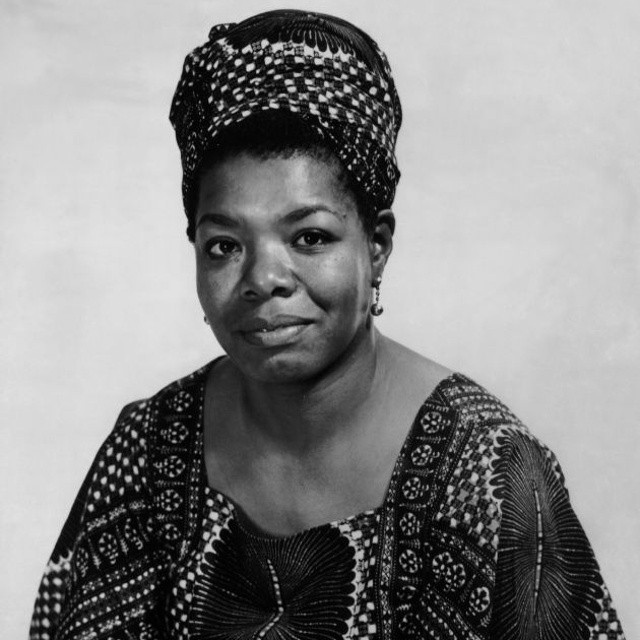THE DEMOCRATIZING OF DESIGN IN A DIGITAL CULTURE Xerography. Grunge type. Collage. Hand-drawn lettering. Graffiti. Street design. The death of the grid. Illegibility. David Carson. The end of print. Something happened to design. It happened quickly, before we could do anything about it. Where were we when the transformation took place? In symbiosis with MTV.…




You must be logged in to post a comment.